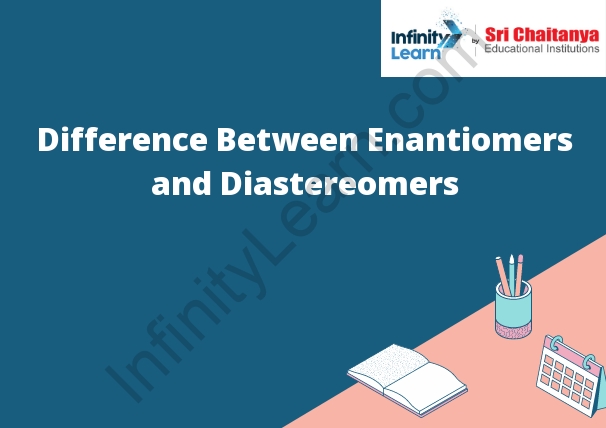Table of Contents
What are Enantiomers and Diastereomers?
Enantiomers are molecules that are mirror images of each other and cannot be superimposed. They are different shapes because they are made of chiral atoms.
Diastereomers are molecules that are not mirror images of each other, but they are similar shapes because they are made of chiral atoms.
Molecules that have the same atoms connected in the same order are called isomers. There are three types of isomers: enantiomers, diastereomers, and constitutional isomers. Enantiomers are molecules that are mirror images of each other and cannot be superimposed on top of each other. Diastereomers are molecules that are not mirror images of each other, but they still have the same atoms connected in the same order. Constitutional isomers are molecules that have the same atoms connected in a different order.
Enantiomers are important in pharmacology because they can have different effects on the body. For example, the drug thalidomide is an enantiomer that was prescribed to pregnant women in the 1950s and 1960s to help with morning sickness. However, it was later discovered that the enantiomer of thalidomide that was active in the body was the one that caused birth defects.
Diastereomers are also important in pharmacology. Some drugs are made up of diastereomers, and the different diastereomers can have different effects on the body. For example, the drug Warfarin is made up of two diastereomers, R and S. The S diastereomer is the one that is active in the body and is used to treat blood clots.

Types of Isomers
There are two types of isomers: structural isomers and stereoisomers.
- Structural isomers are molecules that have the same atoms, but the atoms are connected differently. For example, the molecules ethane and ethene are structural isomers.
- Stereoisomers are molecules that have the same atoms and the same connectivity, but the molecules are oriented differently in space. For example, the molecules of 2-butanol and 1-butanol are stereoisomers.
What are Enantiomers and Diastereomers?
Enantiomers are molecules that are non-superimposable mirror images of each other. This means that if you try to line them up, one will rotate to the left, and the other will rotate to the right. Diastereomers are molecules that are not mirror images of each other, but still have different properties. This means that if you try to line them up, they will not rotate.
Enantiomers vs Diastereomers
The difference between enantiomers and diastereomers is that enantiomers are stereoisomers that are mirror images of each other, while diastereomers are stereoisomers that are not mirror images of each other.
Chiral molecules are those that have a non-superimposable mirror image. This means that a right-handed glove cannot be superimposed on a left-handed glove and vice versa. The two molecules shown on the right are enantiomers, meaning they are mirror images of each other. The molecule on the left is a diastereomer, meaning it is not a mirror image of the enantiomer on the right. Diastereomers have different physical and chemical properties because the atoms are arranged differently in space.






